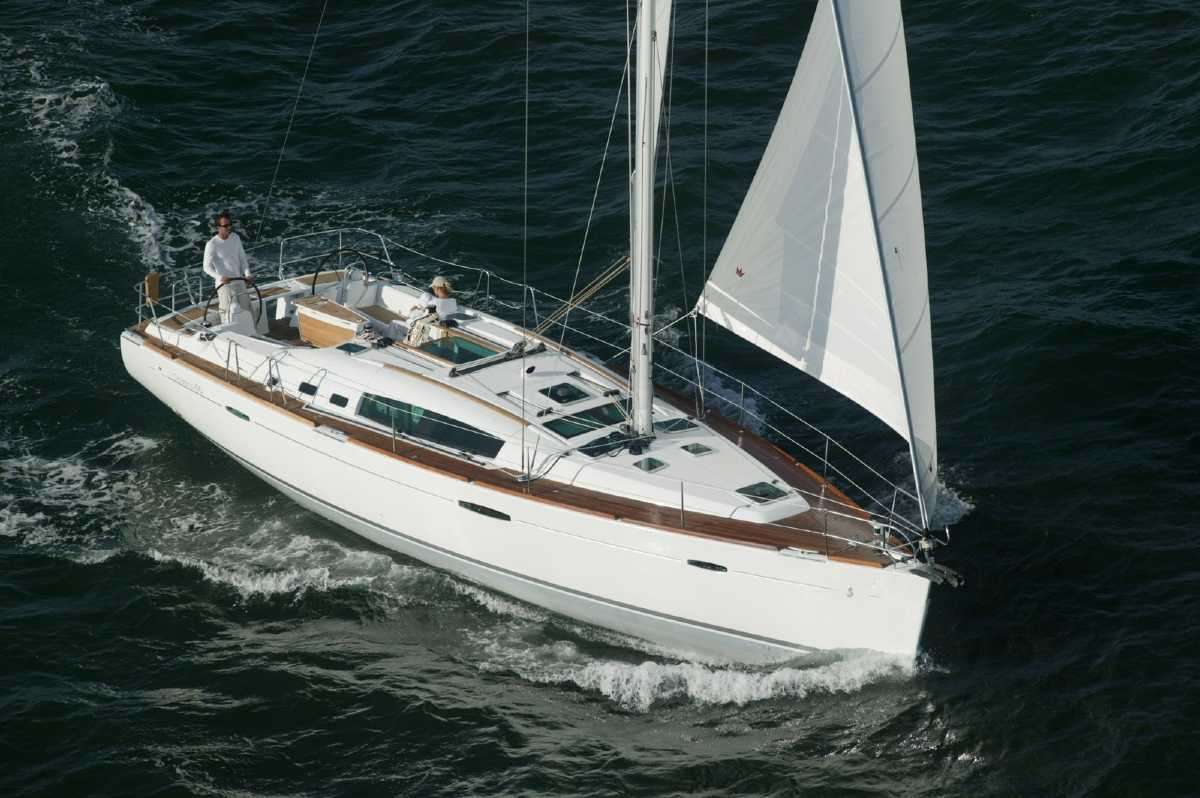Croatia has one of Europe’s most gorgeous coastlines. The country’s Adriatic Sea coast is over 1,770 kilometres long. Meanwhile, Croatia’s 1,246 islands and islets add a further 4,058 kilometres of coastline to the beautiful country. With so much coastline, sailing in Croatia on holiday is one of the most popular experiences for travellers.
The best way to experience sailing in Croatia is by charting a yacht with Navily. Once you have booked your yacht charter Croatia experience, you can see the country’s incredible coastline and explore the beautiful Adriatic Sea.
Upon booking your yacht, it is important to check the winds as these can make sailing in Croatia and the waters off its coast difficult. Winds can keep you anchored in the marina. It is always safe to remain in port rather venture out into the sea. So, before heading out on your sailing holiday, there are a few things you should know to stay safe, such as where the closest safe anchorage places are when the winds pick up.
Jugo: The wind of the Adriatic Sea

Jugo is the name of the wind you will encounter while sailing in Croatia. The Jugo wind is warm and humid, and it blows at moderate to strong speeds constantly. Typical winds come from the east/southeast to southeast, and blow across the Adriatic Sea. Jugo occasionally brings rain and cloudy weather. However, it can also bring sand and yellow grit from the Sahara Desert in north Africa – that is how strong these winds can be.
Jugo is most often a constantly blowing wind. In contrast, a Bura is unpredictable and blows in gusts of wind. Although Jugo is moderate to strong in power, it allows for excellent sailing conditions. There are consistent waves to go along with the wind. An experienced sailor is able to read the waves and obtain high speeds in a Jugo.
Sailors can typically predict good sailing weather a few days in advance. This occurs when the air pressure drops. The Jugo develops over time and gains strength gradually. A Bura is far more dangerous and unpredictable due to its gusts.
When does the Jugo occur?
Jugo most often occurs in the spring and autumn. It can reach speeds up to 35 to 45 knots. Typically, Jugo remains between 15 and 25 knots in the summer, although it is rare during the summer months in Croatia.
Waves can swell due to Jugo and can reach up to five metres. Therefore, travellers sailing in Croatia need to be aware of the wind’s dangers. Yes, Jugo can provide an amazing yacht charter Croatia trip. However, on occasions, it is better to anchor and wait out the strong winds and waves.
When to anchor during a Jugo?
Muline is home to beautiful beaches and manicured trails on the coast. Sailors often anchor around the village thanks to it providing shelter from the Jugo and its waves. Although a northwest wind blows through the village and its bay, there is no danger to yachts anchored there.


